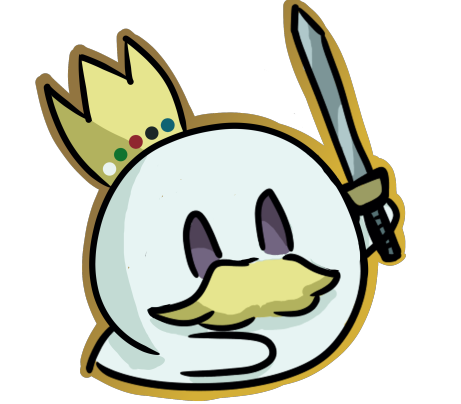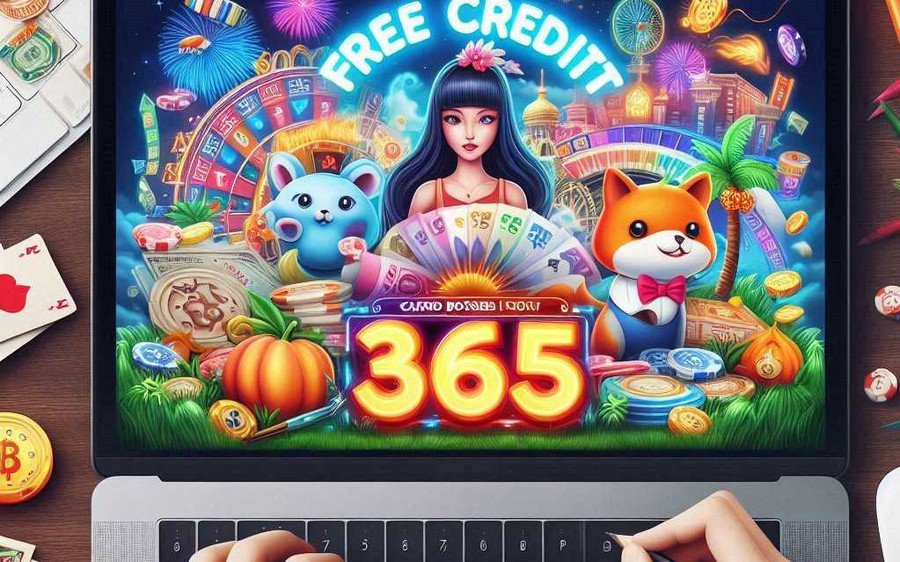The humble deck of playing cards that we all know and love has a rich and complex history that spans over a thousand years, crisscrossing the globe from ancient China to the modern gaming tables of Las Vegas and the virtual felt of online casinos. The evolution of the playing card deck is a fascinating tale of cultural exchange, technological progress, and the enduring appeal of games and gambling.
The Earliest Origins: China and the East
The story of playing cards begins in 9th century China during the Tang Dynasty. The first known ancestor of the modern playing card was the Chinese "leaf" game, which featured cards made from a variety of materials including paper, bone, wood, and actual leaves. These early Chinese card games eventually spread westward to India, Persia, Egypt and beyond, evolving and intermingling with local cultures along the way. Some notable early predecessors to the modern deck include:
• The Chinese "money cards" of the 15th century, which featured suits of coins and strings of coins
• The Egyptian Mamluk cards of the 12th-13th centuries, with suits of cups, coins, swords, and polo sticks
• The Persian Ganjifa cards of the 16th century, which could have up to 96 cards in eight or ten suits
The Arrival of Cards in Europe
Playing cards first began to appear in Europe in the late 14th century, likely brought back from the Middle East by returning Crusaders. The earliest European card decks varied considerably from country to country, with different numbers of cards, suit signs, and court cards. Some early European decks included:
• The 52-card Italian deck with suits of swords, batons, cups, and coins
• The 48-card German deck with suits of hearts, bells, leaves, and acorns
• The Spanish deck with suits of cups, coins, swords, and clubs, which is still used today
The Dominance of the French Deck
It was the French card makers of the 15th and 16th centuries who would ultimately create the standard 52-card deck with the four suits of hearts, diamonds, clubs and spades that we still use today. The French also standardized the ranking of cards from King high down to Ace low and popularized the use of the Queen to replace the Cavalier of earlier decks. Over time, the French deck spread throughout Europe and to the colonies, eventually becoming the world standard. Even today, the names of certain card games like "bridge" and "euchre" betray their French origins.
The Evolution of Card Design and Manufacture
As playing cards grew in popularity across Europe, card design and production methods evolved and improved. Some key developments in the history of card manufacture include:
• The introduction of woodblock printing in the 15th century, allowing for mass production
• The switch from wood to copper plate engraving in the 16th century, enabling more detailed and intricate designs
• The popularization of double-headed court cards in the 19th century, allowing cards to be used either way up
• The addition of corner indices in the mid-19th century, making a fan of cards easier to read
The Joker: An American Innovation
One of the most iconic cards in the modern deck, the Joker, is a relatively recent and distinctly American addition. The Joker card originated in the United States in the mid-19th century as a wild card for the game of Euchre. By the late 1800s, Jokers were a standard part of the American deck and were widely used as wild cards in games like Canasta and as the highest trump in the game of Bridge. Today, the Joker is an essential part of many card games and magic tricks.
Playing Cards in the Digital Age
In the 21st century, the classic playing card deck has made the leap into the digital realm. Online casinos and digital card game apps have brought traditional card games to phones, tablets, and computers. Yet despite the rise of digital gaming, the physical deck of cards endures and remains as popular as ever. There's something timeless and universal about a deck of cards. Whether you're playing Bridge with grandma, performing magic for friends, or gambling at a Las Vegas poker table, that simple deck of 52 cards is a cultural icon that connects us to centuries of gaming tradition. To delve even deeper into the long and fascinating history of playing cards, check out the this page devoted to the topic. But I hope this article has given you a new appreciation for the humble, yet storied, deck of cards!






— commentaires 0
Soyez le premier à commenter